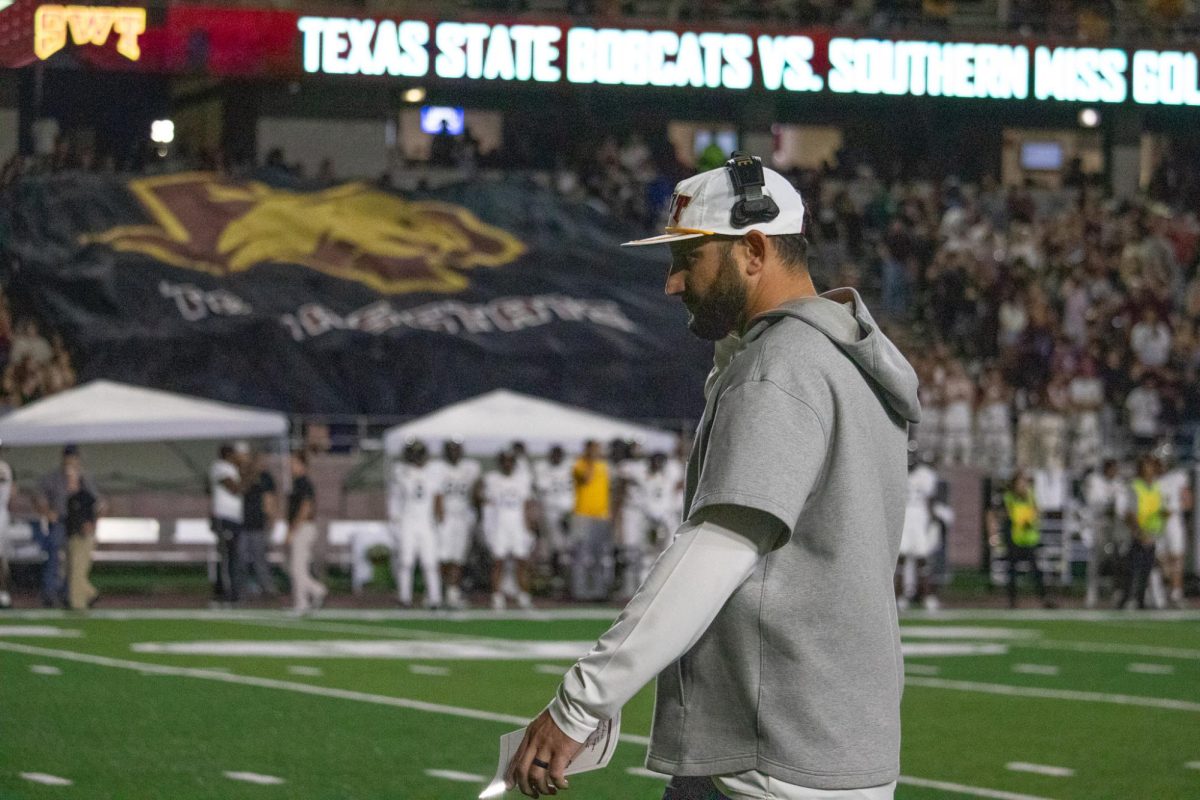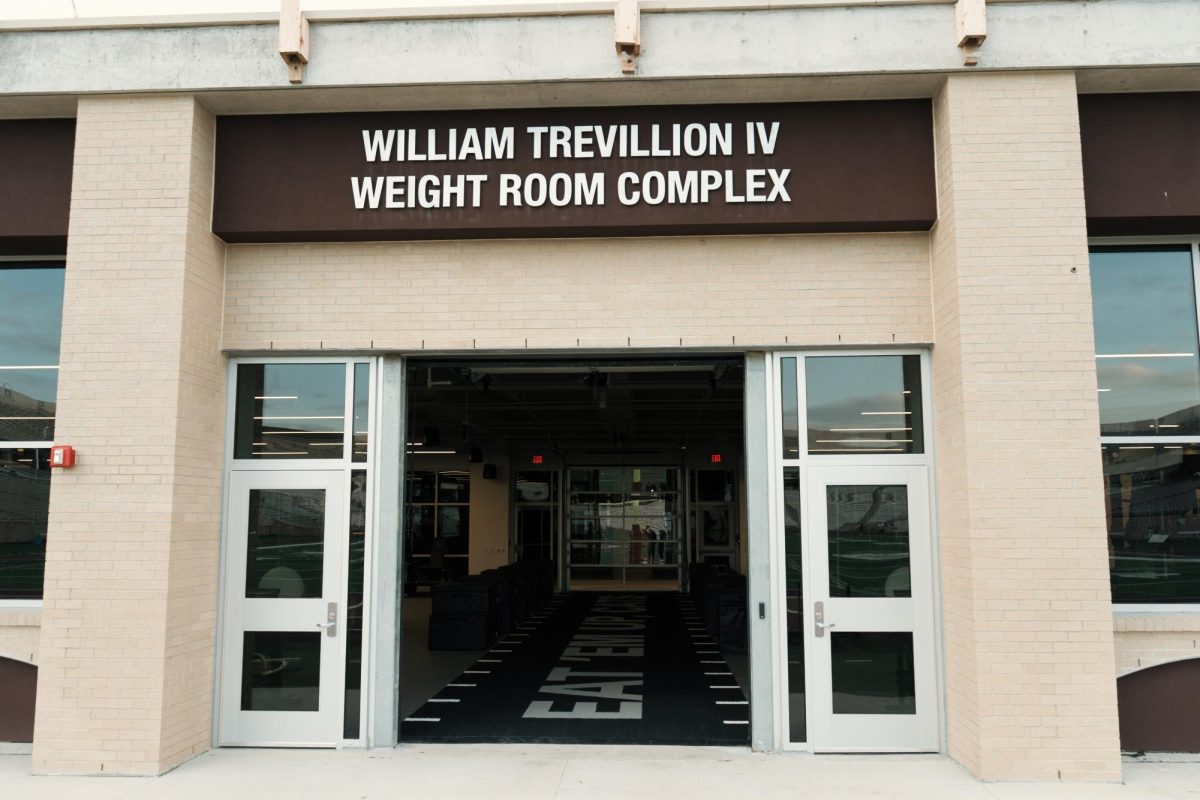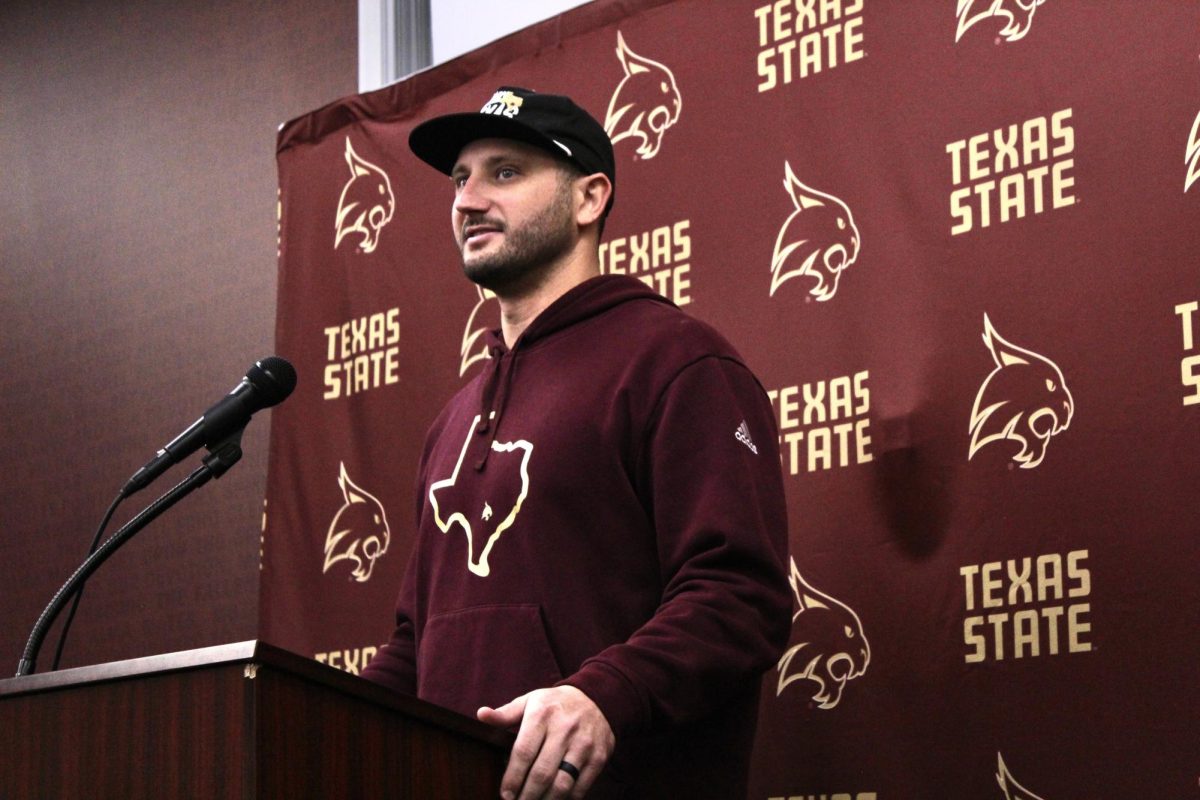Once heralded as a new era of player freedom in college football, the NCAA transfer portal has increasingly shown its more challenging aspects.
In the 2023-24 season, over 11,000 NCAA football players entered the transfer portal, with the number of FBS scholarship transfers hitting 2,707, up from 2,303 the previous season. This constant flux of players has created a volatile environment where even successful teams struggle to maintain their roster stability.
The transfer portal is especially disruptive for mid-major schools such as Texas State. Having signed 41 athletes only about a month before National Signing Day in February, Texas State’s approach under head coach G.J. Kinne has been to exploit the portal as a means of team development.
However, departures from important athletes can undermine the majority of the effort. This pattern of reloading instead of rebuilding is now necessary, and it draws attention to the vulnerability of sustaining program success when financial incentives are such an important determinant of player choice.
“You’ve seen what we’ve lost in the portal. If we want to get anybody good in the portal, [we will] need a lot more money,” Kinne said in an interview with FOX 7.
Simply put, the NCAA transfer portal is full of potential, but that potential comes at a price. The portal has created a landscape in which financial factors have taken priority over the traditional elements of college athletics, such as loyalty, coaching relationships and team culture.
“People don’t care about scheme, they don’t care about [the universities], they don’t care about relationships,” Kinne said. “It’s all about the money right now.”
The task that awaits coaches like Kinne is to adapt to this new landscape. The cost of winning is rising, sometimes beyond the expectations of even the most optimistic and successful mid-major programs.
Even more established programs with significant resources are not immune to the challenges posed by the transfer portal. For instance, Georgia, traditionally a powerhouse, saw redshirt senior quarterback Carson Beck transfer out after a prolonged stint.
Still, it’s difficult for programs like Texas State to compete for a playoff spot when No. 6 Ohio State, the 2025 College Football Playoff National Champions, received $20 million in NIL compensation for its roster this season. With this funding, the highly regarded program obtained blue-chip transfers running back Quinshon Judkins and quarterback Will Howard and maintained valuable players like defensive end Jack Sawyer, who could have departed for the NFL draft.
“[NCAA football] is all about the money now,” Kinne said.
This $20 million Ohio State received is a microcosm of how NIL deals have turned college football into a high-stakes financial game. Ohio State’s capacity to capitalize on these benefits reflects the new order: achievement increasingly demands athletic achievement and strategic investment. If a program like Texas State wants to win a national championship, it must find a way to increase the money available to athletes.





















